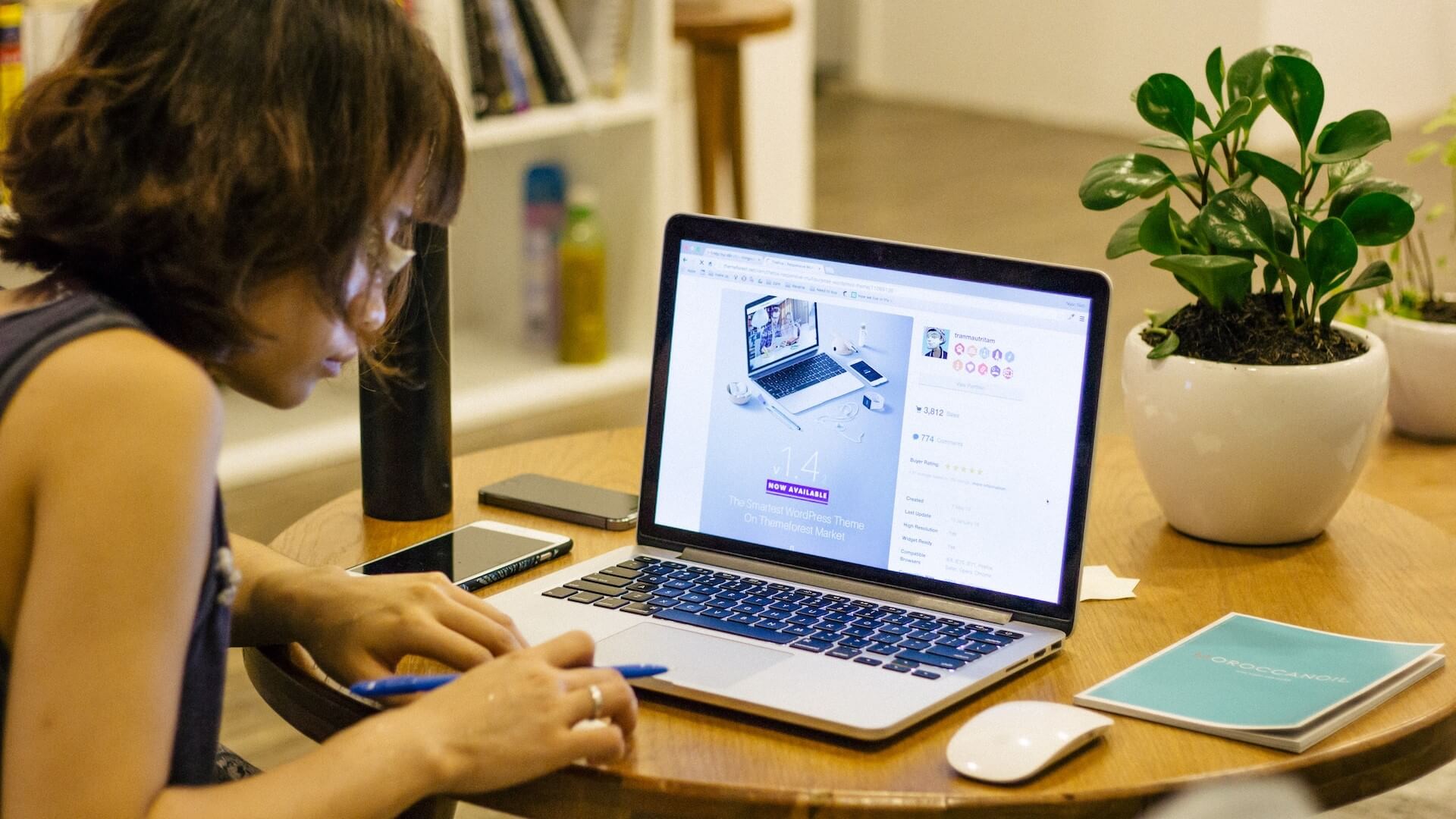
Many workers, especially freelancers and small business owners, have started using generative AI tools to save time. They have more freedom compared to the legal challenges that large companies have to face. They say these new technologies, including image and text generation tools, have made their work more efficient and faster, allowing them to take on more new projects and earn more income.
Some believe that generative artificial intelligence will revolutionize the workforce industry. Many others believe that this change is already happening.
Next, let's look at how ordinary people are using generative AI tools in marketing, design and law.
In Kansas City, Missouri, Stephen Brucher oversees sales and marketing for a small, three-person firm. The company is in the business of creating promotional video content for companies in a variety of fields, including technology and entertainment.

Since January, Brucher has been experimenting with artificial intelligence tools such as Midjourney and ChatGPT. He uses these tools to create custom illustrations and write pitch texts. This saves three to four hours of time each time, he says. Now, he has more time to proactively pursue more clients. The company estimates that revenue is expected to grow 50 percent this year over 2022.
Larry Lundstrom, a pastor in Jacksonville, Arkansas, and a part-time freelance designer, earns about $35,000 a year. Over the holidays last winter, he began experimenting with some new artificial intelligence tools, such as Tome, which can help users generate PowerPoint presentations.
Recently, Lundstrom used Tome to create a set of PPTs for the mobile banking app Chime that company executives could use during campus recruiting. tome automatically generated the PPTs using images and text, and Lundstrom and Chime then revised and edited them, a process that took only about two and a half days. Without these tools, it would have taken two weeks to create, research and add the illustrations. In another task, Lundstrom used the artificial intelligence image generation tool Dall-E to generate artwork for the website, and then continued editing the images using Photoshop.

Some projects require 60 percent AI and 40 percent labor, but that ratio varies by task, Lundstrom said. Now, Lundstrom can take on three client projects a week, compared to one before he started using AI. He says he is on track to double his freelance income this year.
Barrett O'neill runs a marketing firm in Boston that creates online content for clients who want to expand their online presence.
Last fall, O'neill was excited to discover that a chatbot tool like Koala could generate a good enough manuscript that it would be perfectly fine for the team of freelancers under him to then simply edit it, rather than pay them to write it from scratch. With the help of AI, all the research and writing that used to take many hours can all be done in a day.
"All the main points and supporting content are there," O'Neill says, "they just need to revise it and make it sound less mechanical."
With the AI tools, O'Neill's company has gained 10 more clients without adding employees, bringing in the equivalent of about $25,000 more in revenue each month.

These AI tools also allow people to pursue their own entrepreneurial projects. shelia Huggins, a full-time attorney in Durham, N.C., is taking time to start her own legal advice website.
Two months ago, Huggins began using ChatGPT to write articles for the site and create scripts for legal advice videos produced for the YouTube channel. As a full-time attorney, Huggins is overwhelmed and often exhausted by her workload, which is something she would never have been able to do otherwise
Huggins says of these AI tools, "It frees up my mind so I can focus on other things that really need attention."
